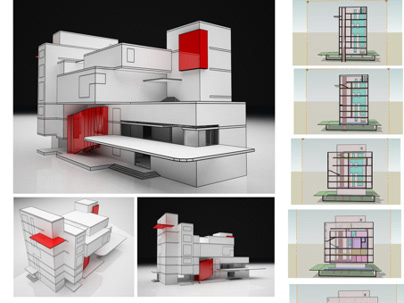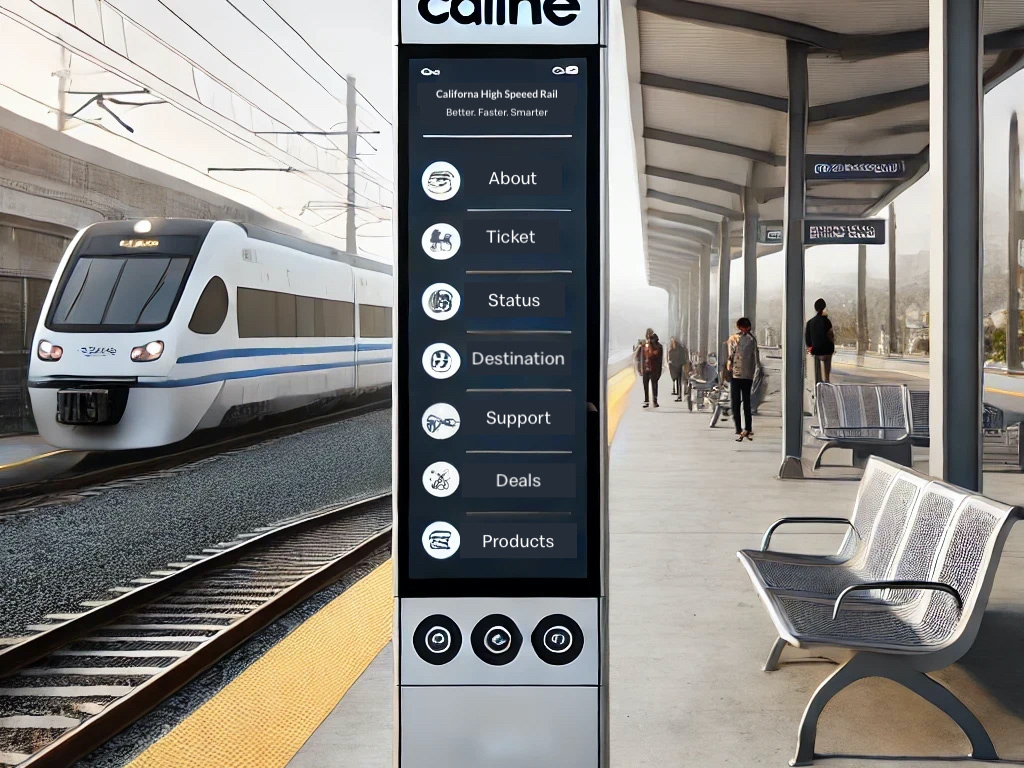Project Scope
1. Vision & Objective
La Mode is a first-of-its-kind fashion social networking app, offering a seamless, interactive, and immersive fashion experience for digital-savvy consumers. Unlike traditional fashion apps that offer static experiences, La Mode integrates real-time shopping, 3D styling, and social engagement, creating a unified platform for fashion lovers, designers, and brands. The app aims to:
• Enhance the fashion shopping experience with real-time interactions and 3D outfit visualizations.
• Create a dynamic social network for fashion enthusiasts to share styles, trends, and inspirations.
• Connect users with designers, brands, and stores in an interactive and engaging way.
• Provide personalized fashion insights through AI-driven recommendations and trend analysis.
2. Business Opportunity
The fashion-tech industry is evolving rapidly, but many apps remain fragmented and static. Consumers often juggle multiple fashion apps for shopping, styling, and inspiration, leading to a disjointed user experience. La Mode solves this gap by combining:
• Real-time shopping with AR/3D visualization.
• A social network for style inspiration and community engagement.
• AI-driven fashion recommendations and trend forecasting.
By merging e-commerce, social networking, and fashion technology, La Mode positions itself as a one-stop digital fashion ecosystem.
Challenge
Despite the rise of fashion-related apps, users still face significant challenges:
• Fragmented User Experience: Consumers must navigate multiple apps for shopping, styling, and fashion inspiration, making the experience disjointed and inefficient.
• Lack of Personalization: Most apps offer generic recommendations, failing to cater to individual styles and preferences.
• Limited Real-Time Interaction: The shopping experience remains static, with no real-time engagement with designers, brands, or stylists.
• No Immersive Try-On Solutions: Users often struggle with visualizing outfits before purchasing, leading to higher return rates and lower shopping confidence.
To address these challenges, La Mode aims to bridge the gap between fashion, technology, and community engagement through a seamless, AI-driven, and immersive platform.
Business Model Canvas

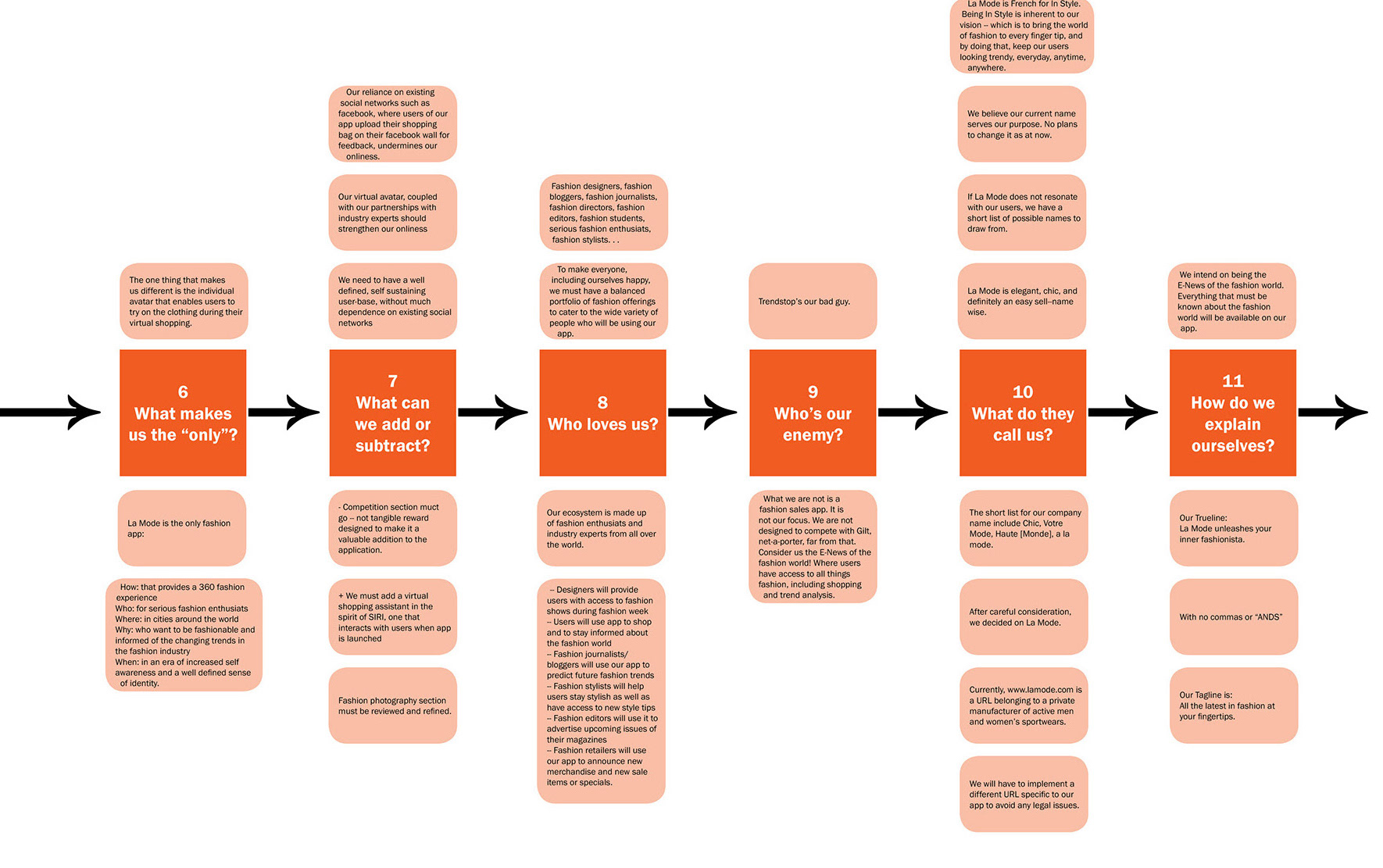
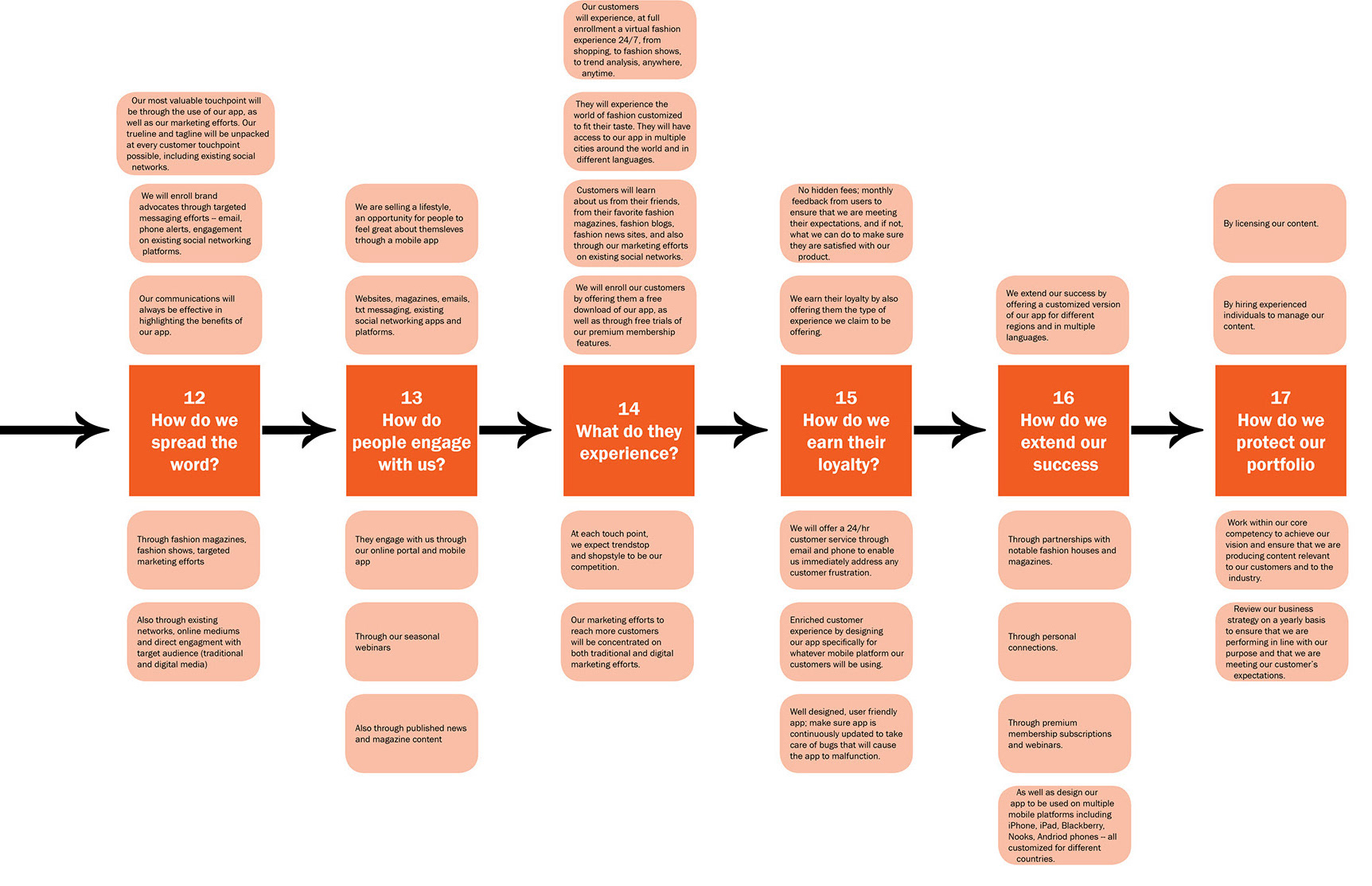
Design Concept & Approach
Our product strategy for La Mode is built on three core pillars:
1. User-Centric Experience Design
• Integrated Shopping Experience: Users can shop in real-time, engage with brands, and share fashion inspiration.
• 3D Outfit Visualization: Virtual styling tools help users visualize and experiment with outfits before purchasing.
• AI-Driven Personalization: The platform analyzes user preferences to offer tailored recommendations and trends.
2. Business & Revenue Model
• E-Commerce Integration: Direct partnerships with designers, brands, and retailers for in-app purchases.
• Influencer & Brand Collaborations: A marketplace for fashion influencers to showcase and sell curated looks.
• Advertising & Affiliate Marketing: Monetization through sponsored content, featured brands, and ad placements.
3. Scalable & Adaptive Tech Architecture
• Cloud-Based Architecture: Ensuring seamless performance and scalability.
• Real-Time Engagement API: Connecting users with live fashion events, designer Q&As, and shopping experiences.
• AI & Data Analytics: Providing trend insights, predictive recommendations, and shopping analytics.
Impact & Market Value
✅ Enhanced Digital Fashion Experience: Users gain a seamless, engaging, and real-time shopping journey.
✅ New Revenue Streams for Brands & Influencers: Direct brand-user engagement, reducing dependency on traditional retail.
✅ AI-Powered Insights & Trend Forecasting: Data-driven fashion recommendations boost user retention and conversion rates.
✅ Scalable Platform for Global Expansion: Adaptive architecture ensures La Mode can expand to new markets and fashion ecosystems.
By combining AI-driven personalization, immersive shopping, and real-time social engagement, La Mode is redefining how fashion is discovered, shared, and purchased in the digital age.
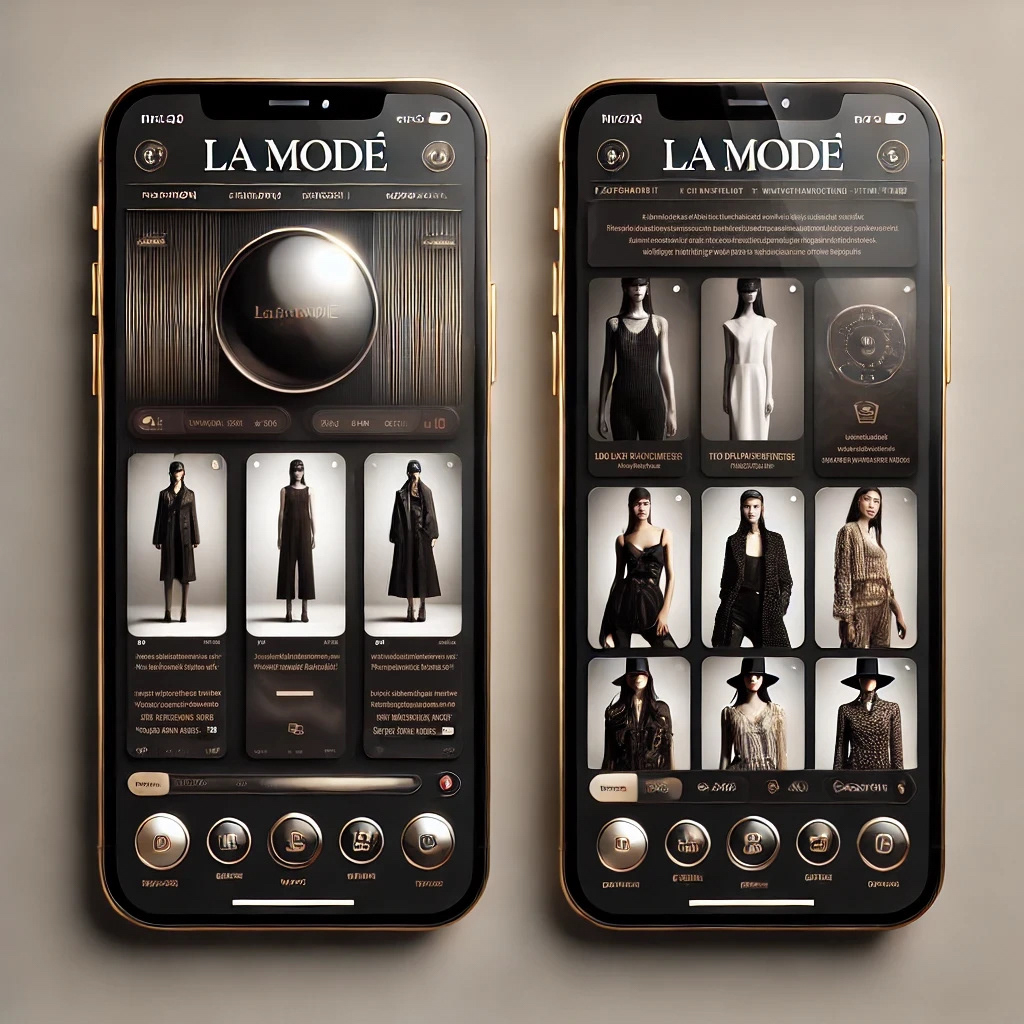
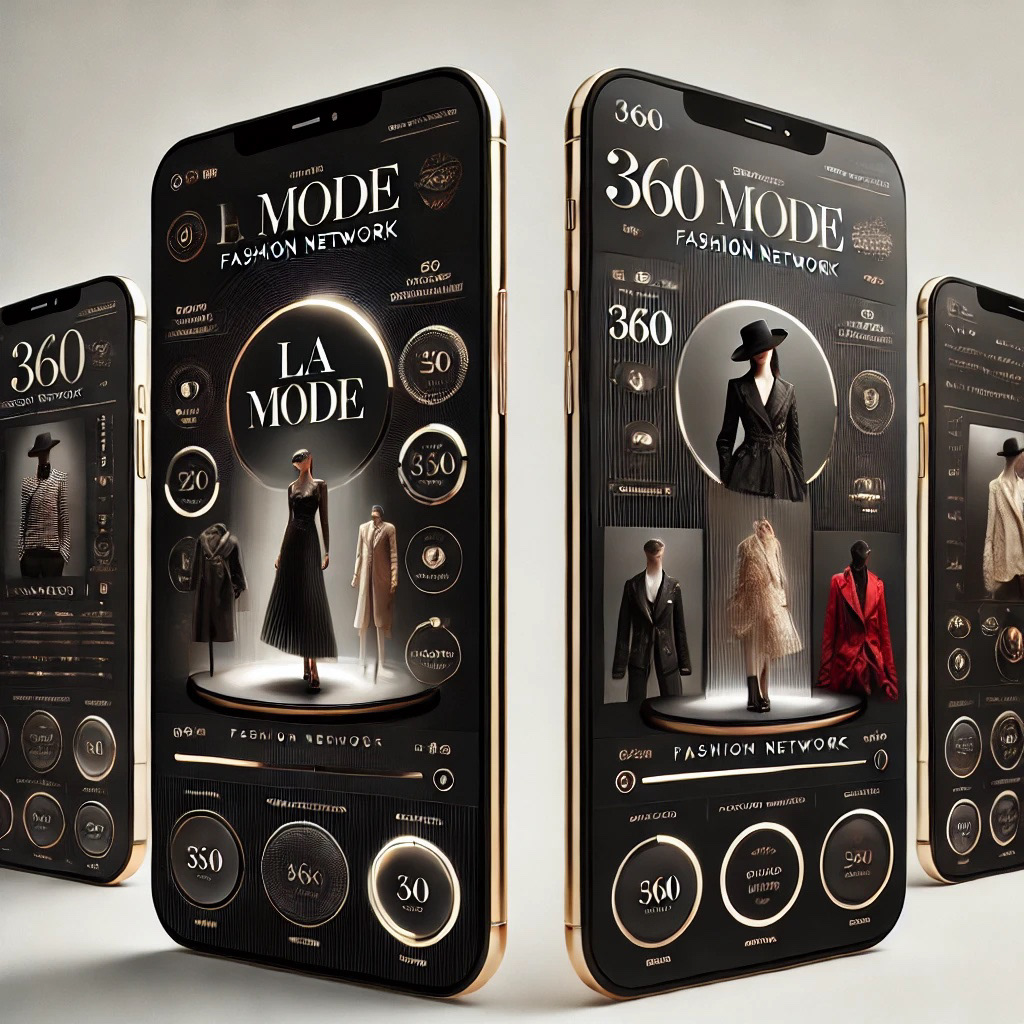

Key Learnings in Product Development
✅ Products Are Experiences: Users expect seamless, engaging, and intuitive interactions. Development must go beyond functionality to create user-centric solutions that drive long-term adoption.
✅ Personalization Fuels Retention: AI-driven insights enable adaptive experiences, improving usability, satisfaction, and conversion rates by learning from user behavior.
✅ Real-Time Interactivity Boosts Engagement: Dynamic, context-aware interactions foster trust, loyalty, and deeper user connections, making real-time adaptability essential.
✅ Technology Trends Drive Innovation: Teams must integrate emerging technologies like AI, automation, and scalable architectures to stay competitive.
✅ Scalability & Business Viability Are Essential: Modular design, infrastructure flexibility, and sustainable growth models ensure products evolve with market demands.
By prioritizing adaptability, innovation, and user-driven development, teams can build scalable, high-impact products that meet both business and customer needs.

